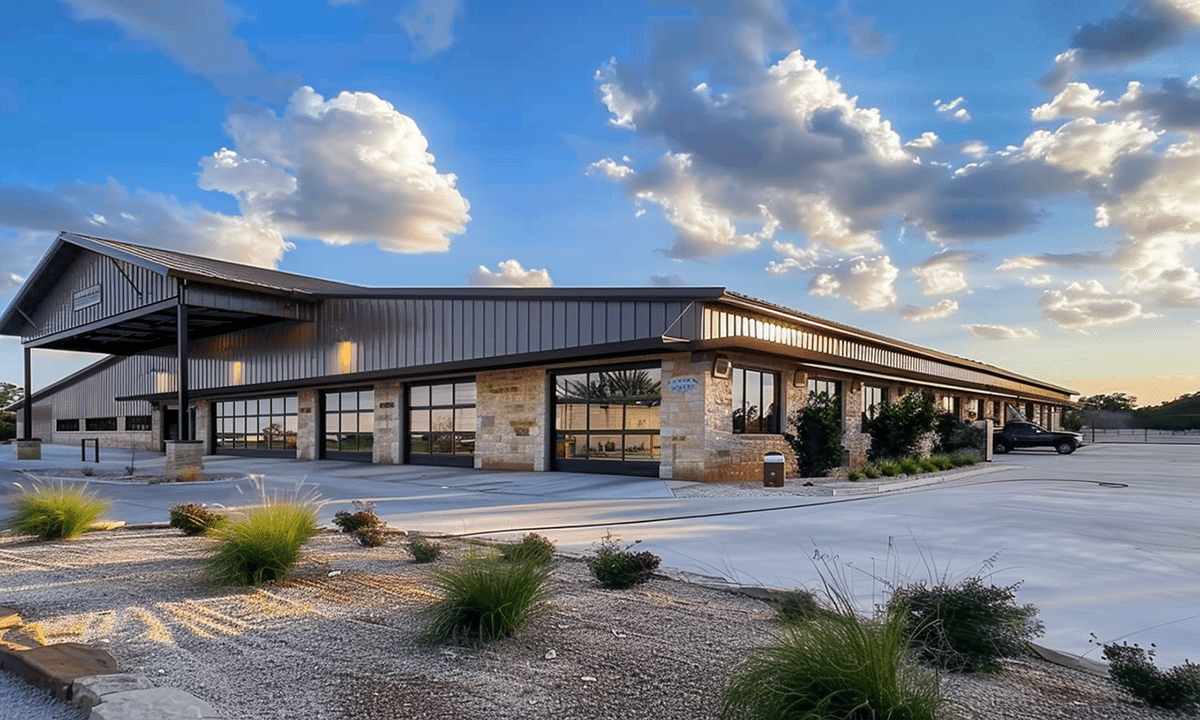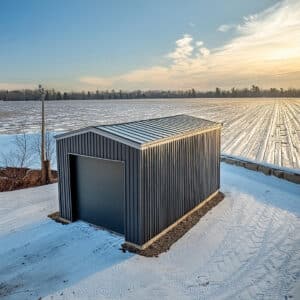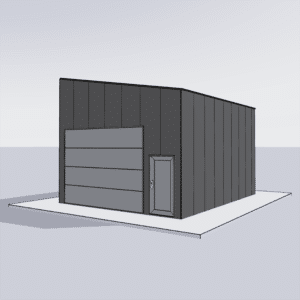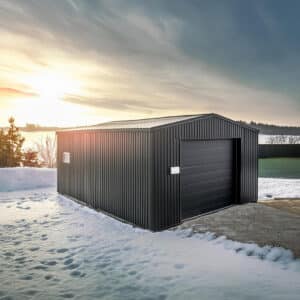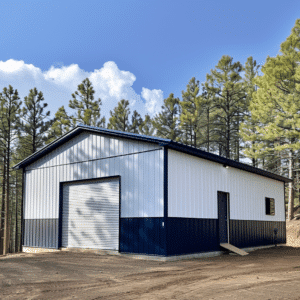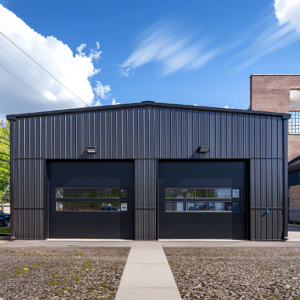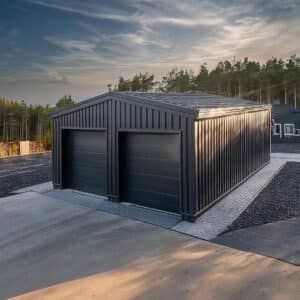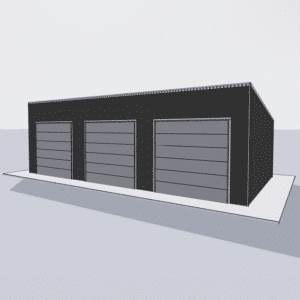Building a steel agricultural structure isn’t just about choosing the right design or materials; it’s also crucial to lay a rock-solid foundation that will ensure your building stands the test of time. In this article, we delve into the essentials of steel building foundations—a pivotal chapter in constructing steadfast agricultural buildings. Whether you’re contemplating expansive barns, equipment sheds, or other agricultural edifices, understanding the groundwork will significantly impact the longevity and utility of your investment.
Understanding the Role of Foundations in Steel Agricultural Buildings
Foundations are the unsung heroes of any building project. They are to a building what roots are to a tree. Without a well-laid foundation, even the most robust steel structure may falter, much like a tree without deep roots in a storm. The significance of Steel Harvest for Agricultural Buildings cannot be overstated, as it relies heavily on a stable base.
Why You Can’t Skimp on Steel Building Foundations
Why invest in a solid foundation? It’s more than just support; it’s about stability, durability, and protection against elements such as soil erosion and extreme weather conditions. Think of it like the spine of your structure—once compromised, everything else is at risk. Given Canada’s diverse climates—from the frozen expanses of the north to the wet coasts—a customized approach to Building Foundation Services is not just advisable; it’s essential.
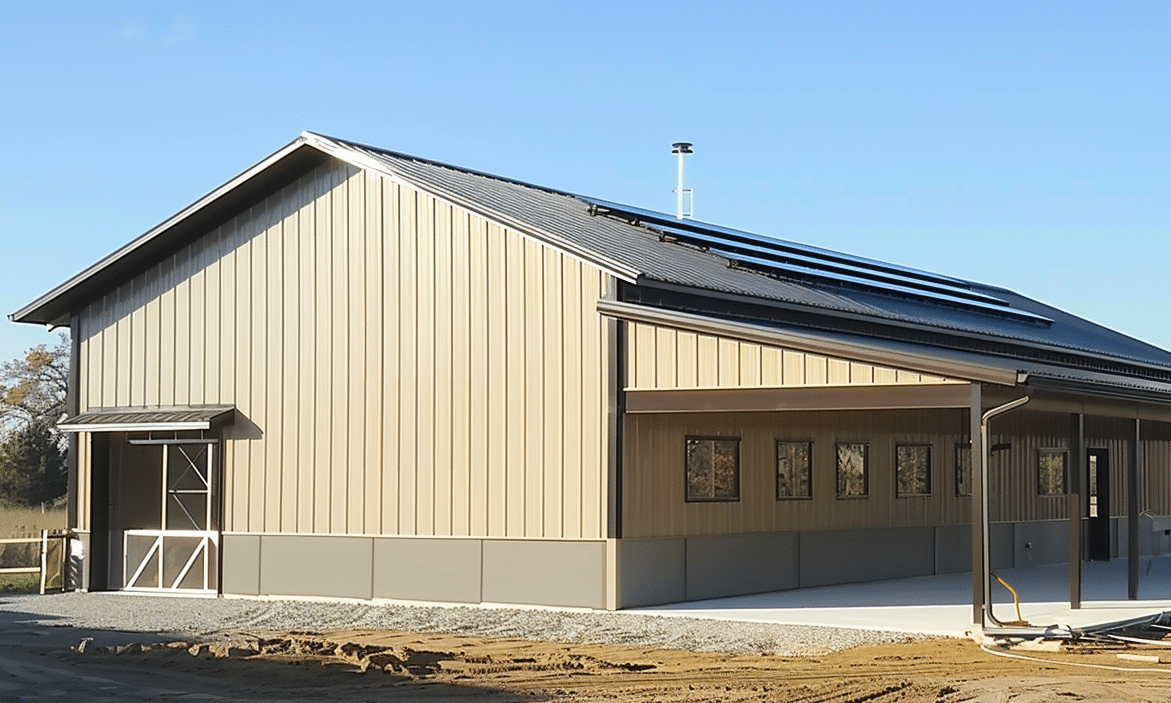
Key Considerations When Planning Your Foundation
Planning is the cornerstone of laying a strong base. The process involves several layers of decisions ranging from soil analysis to the type of foundation you need.
1. Soil Analysis: The First Step
Before you start digging, understanding the soil on which you’ll build is fundamental. Soil properties can affect the foundation design and influence settlement and stability. Engaging professional soil analysis will help in planning suitable farm building foundations.
2. Choosing the Right Foundation Type
There are various types of foundations suited for steel buildings. The choice can depend on several factors including soil condition, building size, and environmental exposure.
– **Slab Foundations**: Often used for smaller steel buildings, they work well where the ground is stable and dry.
– **Pier Foundations**: Ideal for uneven or sloped terrain, they provide a higher elevation, which can be beneficial in flood-prone areas.
– **Perimeter or Continuous Footing Foundations**: Often used in large agricultural steel buildings for enhanced support.
Consider consulting with an expert in Extreme Weather Steel to evaluate which type best suits your needs given the environmental conditions you face.
3. Incorporating Insulation and Moisture Barriers
A good foundation does more than hold a building in place; it insulates and protects against moisture. Insulation can reduce energy costs, while moisture barriers protect against condensation and water ingress which can otherwise lead to structural issues like rust or mold.
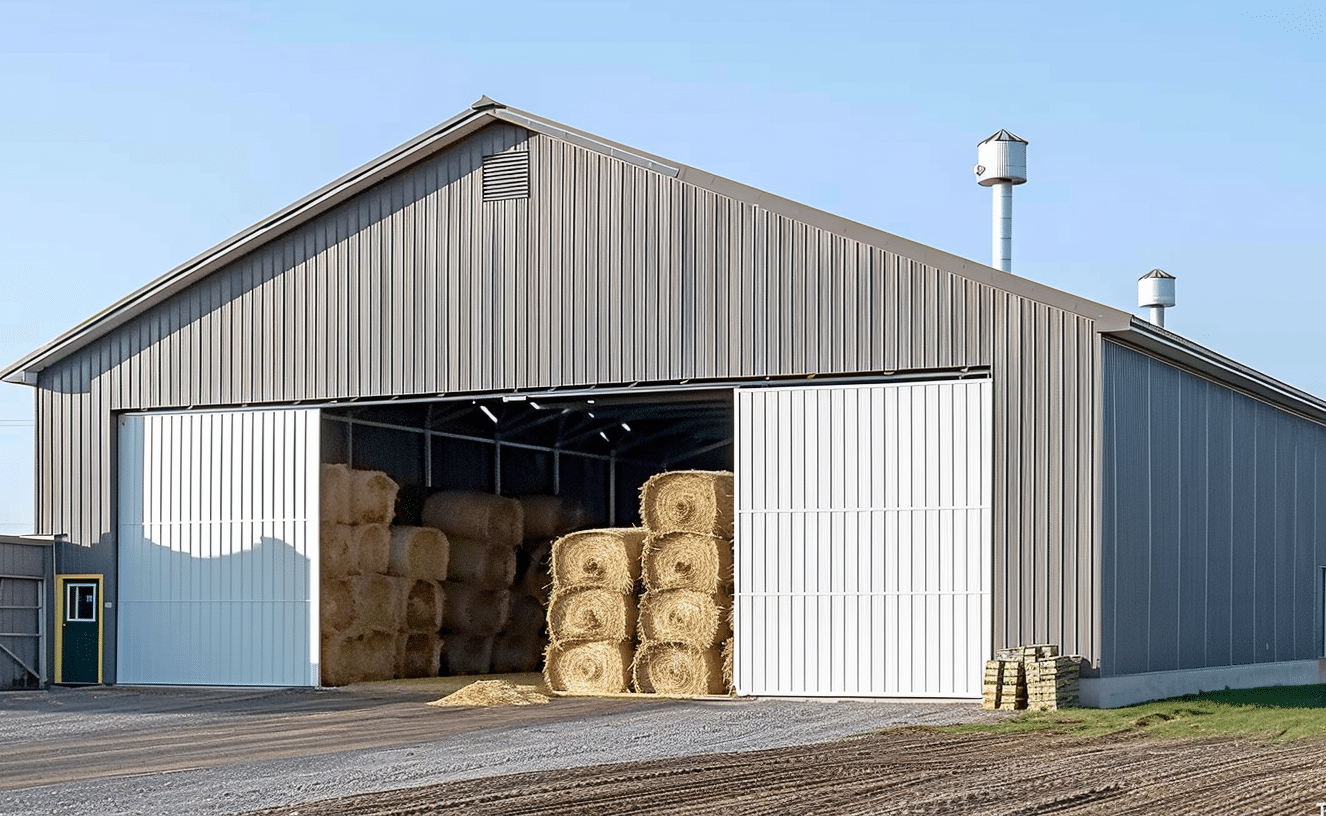
Building for Longevity and Sustainability
When laying the foundation for your steel agricultural building, think long-term. In recent years, sustainability has become paramount. Opt for reinforced steel, eco-friendly materials, and sustainable practices as part of your Agricultural Steel Building Solutions to ensure not only compliance with current standards but also resilience in changing climates.
Environmentally Conscious Building Methods
Incorporating sustainable choices like recycled steel and solar panel adaptations can bolster your building’s eco-friendliness. Long-term savings on energy and maintenance further sweeten the deal.
Regular Maintenance: The Backbone of Durability
A foundation’s job isn’t done once the building goes up. Regular maintenance checks, addressing minor issues before they become serious, and updating materials as technology advances can go a long way in extending your building’s lifespan.
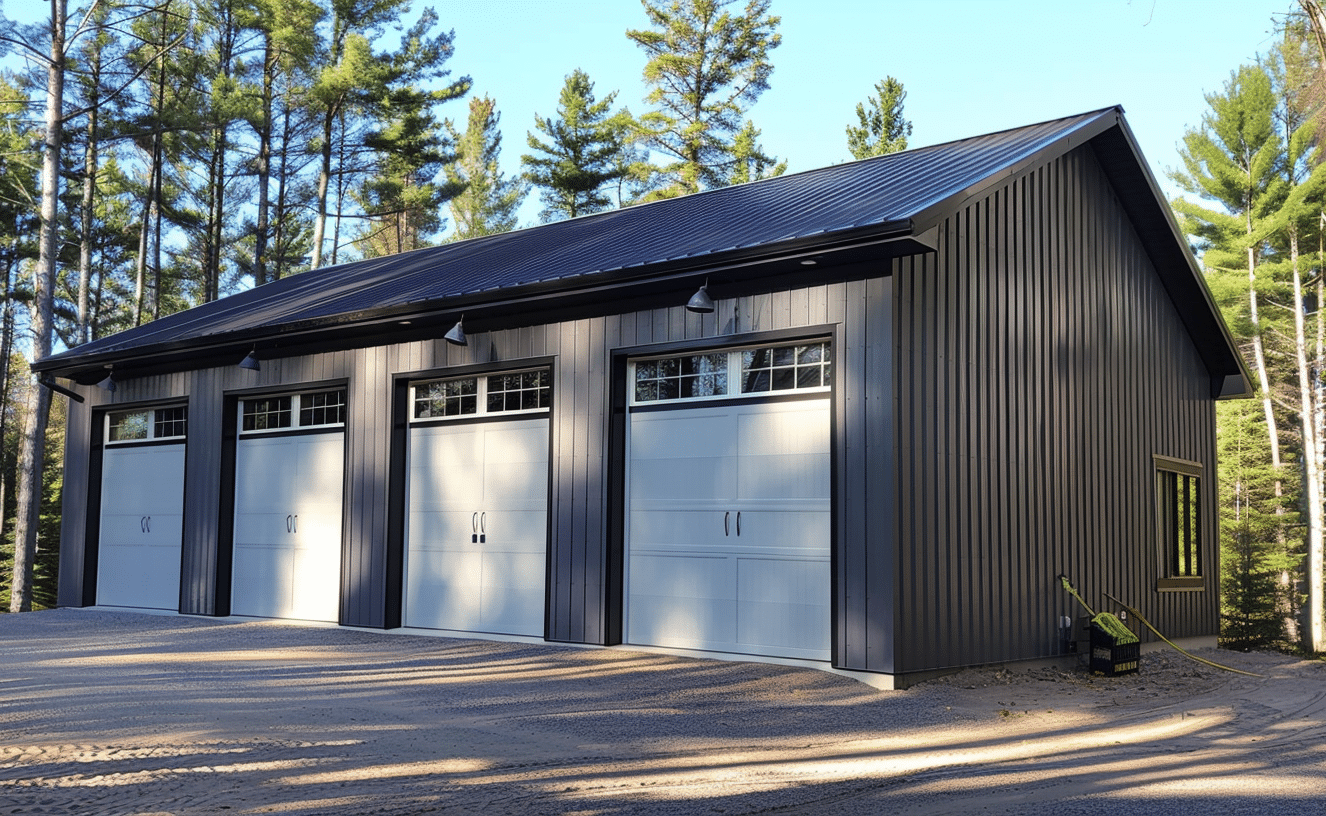
Conclusion
Constructing a solid foundation is an investment in your steel agricultural building’s future. Much like building a house on sand is futile, so is skimping on the fundamentals of your farm’s infrastructure. Thoughtful planning and a focus on durability, sustainability, and adaptability in your foundation will ensure your operations stand strong, regardless of the challenges nature may throw your way. As you embark on this journey, remember that a well-founded understanding of foundational principles is as critical as the ground you stand on.


